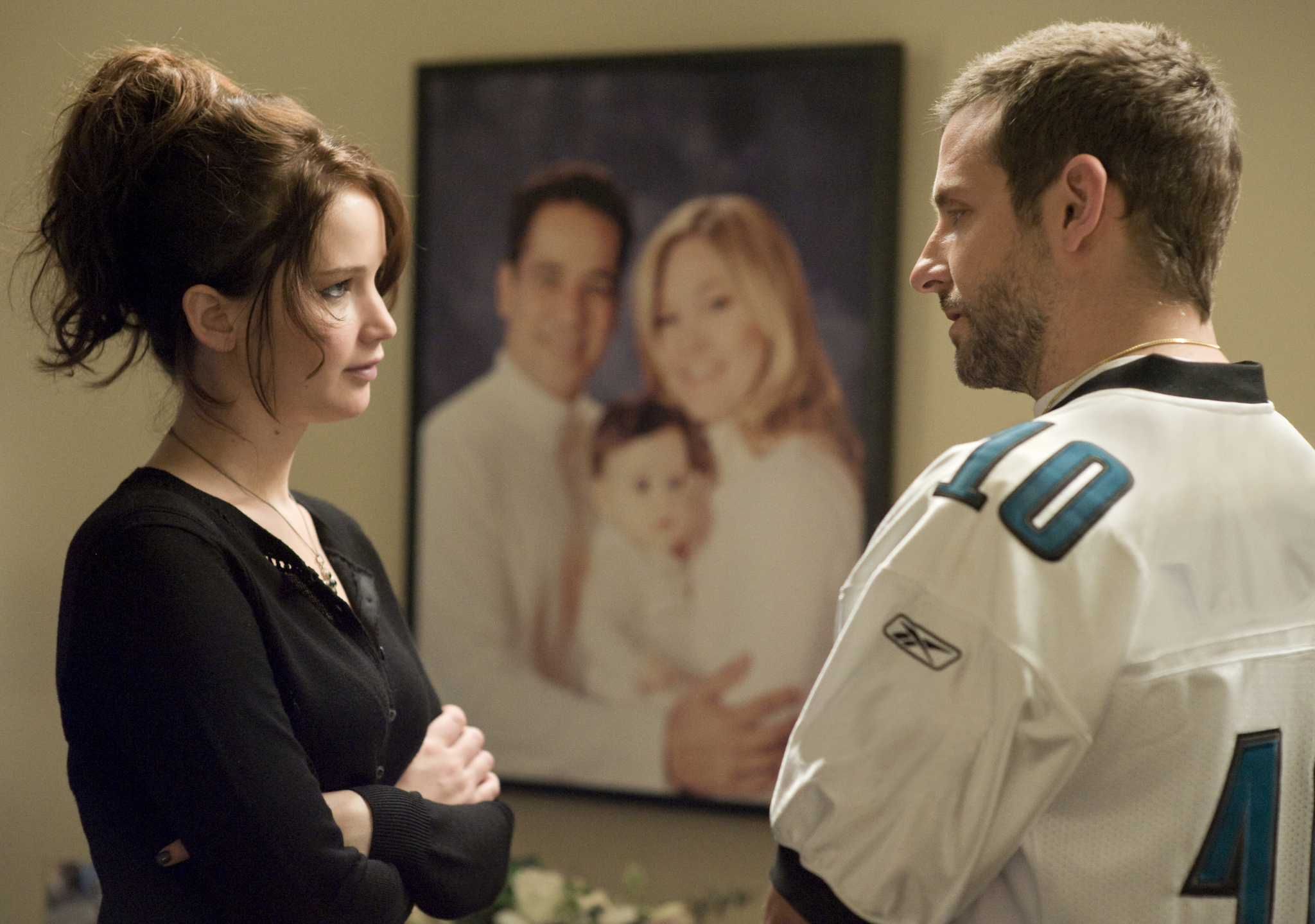Streaming’s Silver Linings Playbook: Huge DTC Losses Spur Innovative — and Not-So-Innovative — Strategies (Bloom)
From arms dealing to price spikes to brutal butchering, we’re seeing it all as the red ink gets real

Oof! That was a big number. Netflix made more than $6 billion last year. Good for them. Everyone else combined lost more than $11 billion. Not so good for them. Turns out, as Netflix mockingly put it in a recent investor newsletter, streaming is hard. And then you lose money while you figure out this strange new business.

To be clear, that combined $11 billion is a concatenation of slightly different ways to measure a big minus across the books of the big Not-Netflix, Not-Tech-Giant companies with streaming services: The Walt Disney Co., Warner Bros. Discovery, Comcast and Paramount Global.
WBD alone absorbed a punishing $1.2 billion in EBITDA losses just for Q2 and Q3 of last year (we’ll find out more on Thursday’s earnings call). And that’s with WBD executives whacking jobs, divisions, planned shows, finished movies and just about everything else with a grim zeal exceeded only by Sweeney Todd. More of the same is expected in Q4.
So, we’re seeing a whole set of new survival strategies at WBD and across the sector, designed to shrink that delta between income and outgo while figuring out what can be sustained a few more quarters while other things get decided, like whether to merge, sell, or close.
Plenty of strategies are being used to bail out the foundering lifeboats right now, though most approaches seem to also poke a few holes in the hull of their own:
• Like a butcher, not a surgeon. Cuts, cuts, cuts, in programming, plans, employees, office space, etc. Disney will now zap 7,000 jobs. AMC, Paramount Global, WBD and seemingly everyone else is getting smaller. Cutting spending on new shows, mothballing projects for tax write-offs and shelving old shows so residuals don’t need to be paid works, too. Worth noting that less is also less, because it can reduce the perceived value of a service.
• Arms dealing. Great idea to license noncore content to other services. Except, if nearly everyone is doing it, who’s buying? Well, Netflix, Apple and Amazon are still buying plenty. But selling to the existing giants is, to retrieve a particularly piquant Bob Iger-ism from the old days, like “selling nuclear weapons technology to a Third World country, and now they’re using it against us.” Also, if consumers can get some pretty good Marvel shows on Amazon Prime Video or Pluto TV, is Disney Plus that special?
NEXT TV NEWSLETTER
The smarter way to stay on top of the streaming and OTT industry. Sign up below.
• Bundle Up Against the Cold. The latest bundling announcements include the thoroughly uncompelling MGM Plus and Starz, and the shoehorning of Showtime atop Paramount Plus. Bundling probably reduced churn, because people perceive they’re getting a bargain for more shows. But bundling isn’t always winning, given consumer price sensitivities and any incompatibility between audiences and program slate. Certainly, WBD got nervous about folding Discovery Plus into HBO Max. Fewer services meant fewer ways to reach niche audiences who don’t want to pay a high premium for a combined offering.
• Raising Prices. Price hikes may be straightforward or sneaky. (How about that 43% hike in Disney Plus prices if you don’t want ads suddenly salted into your Star Wars?) The Paramount Plus/Showtime shotgun wedding will cost a hefty $15 a month, which seems a bit rich for a service that’s not Top Four. But price hikes are one way to divide wheat from chaff and find your true fans. Other customers, however, may find reasons to move on, deciding that maybe they really don’t need that 15th Marvel series or 912th Star Trek series.
• Hanging on to the Past. Oh, for the good old days of direct-to-broadcast and direct-to-MVPD. Now, the strip-mining of still lucrative legacy platforms seems to have slowed to a level that late End Times believer/Interior Secretary James Watt might consider rather stately. But the declines are accelerating, and tending to a dying cow doesn’t mean you can milk it forever.
• Remake the Past for an AVOD/FAST Future. If you don’t squint too hard, free ad-supported TV, especially with linear channels, can feel a lot like those halcyon old days of broadcast and basic cable. It’s not, but media companies are doing what they can to hasten growth here while selling to increasingly amenable advertisers.
Speaking of AVOD/FAST, a new gold rush has broken out among the hardware and software platforms delivering those experiences. Samsung will license its platform to competitors. Vizio is adding family photo sharing. Roku CEO Anthony Wood dismissed Xperi’s TiVo OS and other late-arriving competitors, saying It would be “quite difficult” to get the scale and technology to truly compete.
And one of those late entrants, Hisense is bringing VIDAA, its streaming platform, to the U.S. In announcing the move, Hisense returned serve to Wood, talking trash in news releases about the market leader. But Roku, that market leader, is looking kinda sweet right now — at least in the United States, its main area of operation.
The analysts at Needham & Co. just likened Roku’s platform to Apple’s mobile iOS platform, “but at a higher rev[enue] share with lower regulatory risks.” Also, the bank noted, “Because linear TV and CTV are typically used by marketers to achieve broad reach for a marketing message, we believe Roku's home screen is one of the most valuable assets in the OTT ecosystem.”
That’s all great for Roku, which these days is part of about two in five new TVs sold, or more than Samsung and LG combined, and about 70% of all low-end TVs, Needham’s Laura Martin and Dan Medina pointed out. Some 45 million US households in the last quarter watched the Roku Channel, from which Roku extracts the majority of its dollars and margin.
What does that mean for everyone else? Direct-to-consumer is becoming a little less direct, and even here, a little less profitable too. And that’s just when everyone is turning FAST-ward to fix their spending hemorrhages on the subscription side, while monetizing those deep libraries.
Roku has shown a willingness to flex where necessary to exact the tolls it believes are appropriate for the audiences it attracts. And unlike distressed developers on Apple’s App Store — such as Spotify, Meta and Epic Megagames — legislators and regulators aren’t paying much attention to Roku’s market heft.
It’s safe to say Roku’s partners and competitors are paying close attention, as everyone rewrites on the fly their playbooks for success in the streaming era. Now comes the last, hard decision facing more than a couple of these services, and possibly even their parent companies: Buy? Sell? Merge? Close? We’ll find out soon enough who goes where when we ascend to the next stage of the Streaming Wars, The Great Shakeout. ■
David Bloom of Words & Deeds Media is a Santa Monica, Calif.-based writer, podcaster, and consultant focused on the transformative collision of technology, media and entertainment. Bloom is a senior contributor to numerous publications, and producer/host of the Bloom in Tech podcast. He has taught digital media at USC School of Cinematic Arts, and guest lectures regularly at numerous other universities. Bloom formerly worked for Variety, Deadline, Red Herring, and the Los Angeles Daily News, among other publications; was VP of corporate communications at MGM; and was associate dean and chief communications officer at the USC Marshall School of Business. Bloom graduated with honors from the University of Missouri School of Journalism.

